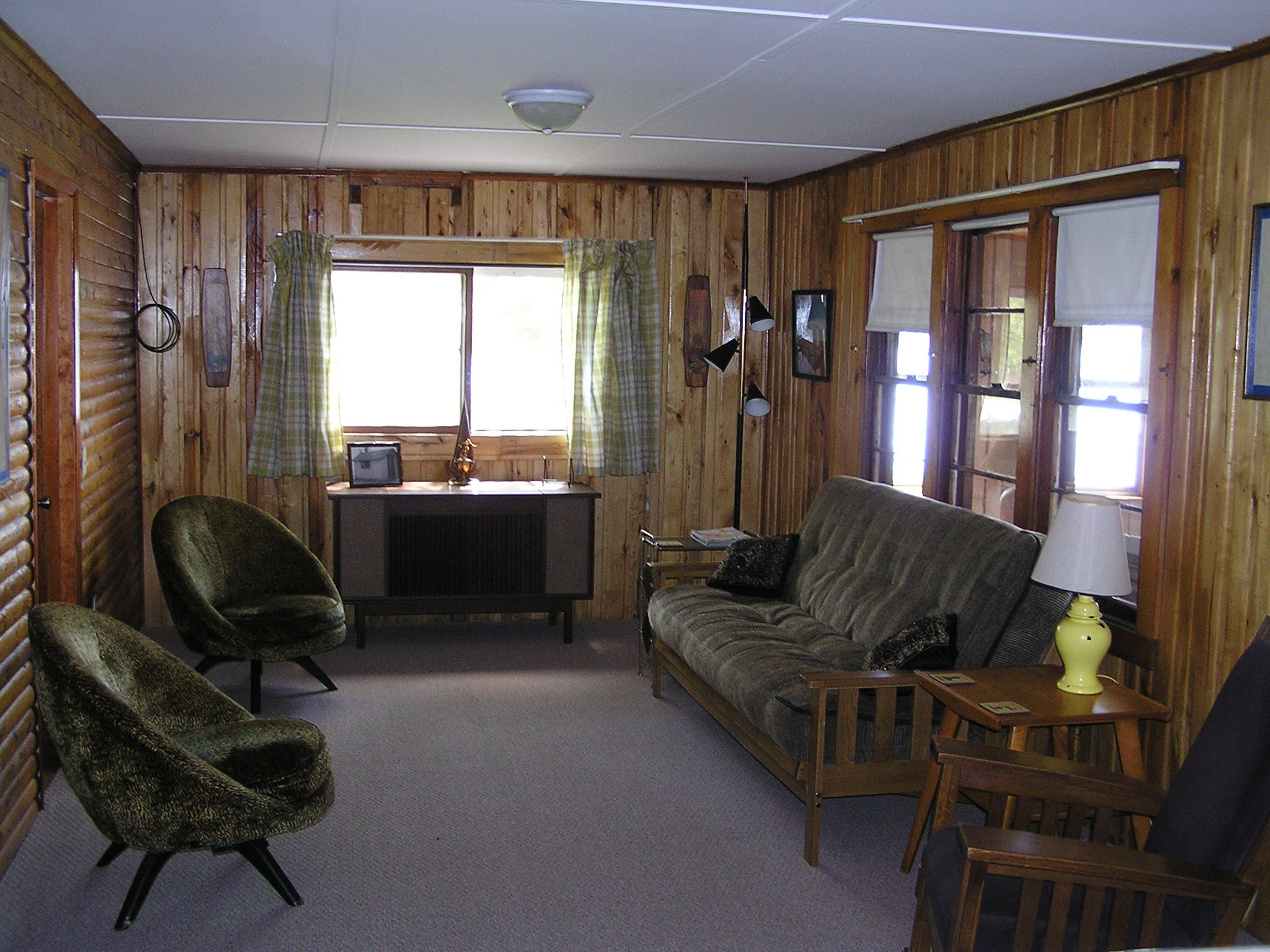Sound Delights, Part 1: Discovery
When we first acquired the cabin, there was an old hi-fi in the porch. It anchored the north wall and clearly served no purpose. It’s likely that the only reason it wasn’t taken to White Earth Sanitation was that it’s heavy, clumsy to move, and well, who amongst the Hyldens ever made a trip to White Earth Sanitation?
In the living room, also on the north wall, was a console TV, with the gaudy details of the 1970s. It was very classy back then to have a console TV, and the more ornate, clearly, the more upscale the family was.
(Kids: a console TV is one that’s made to be a piece of furniture. The TV is built into a heavy cabinet and sits on the floor. By the 1990s, the comedian Jeff Foxworthy’s repertoire of Red Neck jokes included this one: You know you’re a red neck when you have a TV that sits on top of another TV.)
Despite my love for all things mid-mod, I had no qualms about taking the old console TV to White Earth Sanitation. First of all, we wanted the cabin to be a screen-free zone. So a TV of any kind was not welcome. And secondly, this TV was clearly not worth fixing. It’s not like salvaging old Pong games, after all. So hauling out the TV was an easy choice.
The hi-fi was another matter. Even dusty and tired, it was still gorgeous. If only as a piece of furniture, it was worth saving. It had the tapered legs and shapely curves of a midcentury modern classic. When we plugged it in, a light came on and the turn table turned. No sound came out, but it seemed half-way there to usable.
Before repairs, the hifi was a handy place to put a working radio.
In 2011, we hosted a get together for the Hylden cousins, and one of them told me that the stereo belonged to the late Aunt Fran. Always bold and adventurous, she left Minnesota as soon as she passed the Civil Service exam in her early twenties. She moved to Washington D.C., where she lived most of her life. She worked for the CIA, traveled extensively, and developed great taste in everything from Scandinavian furniture to French cooking. Of course the hi-fi had been hers.
We left it up at the cabin for several years, always meaning to take the back off and work on it. Two years ago we finally hauled it back home for the winter. On wintery Saturday, I removed the back screen. The first thing I had to do was vacuum out all the dead spiders, lady bugs, and mouse droppings. An actual dead mouse might’ve been a deal breaker.
The next step was to scour the internet for any kind of instruction manual. If you follow any vintage websites, there are always people who have old manuals. They make it sound like no big deal to acquire them. I knew that our hi-fi was a Motorola from the early 1960s, but that didn’t help me find anything even remotely close to a manual.
So I sat down and stared into the jumble of wires and vacuum tubes. A simple reverse engineering exercise, I told myself. Electronics were simpler back then, right? No digital parts, just big analog components, how hard could it be?
Here’s the final answer: too hard. Onto Part 2, Rehab.
